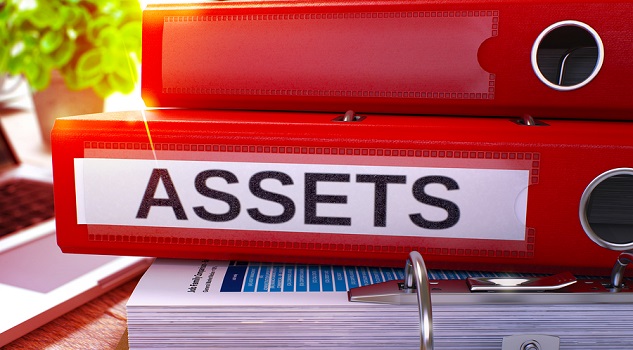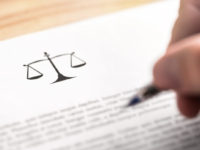As a business owner, operating and running a business comes with risks. It is a priority to understand the legal aspects of the business landscape in case of potential issues that may arise.
Protecting your business assets prevents and significantly reduces risk by insulating your business from the claims of creditors. One of the top priorities as a business owner is to be aware of the importance of business assets and liabilities, and knowing how to protect your assets. This will prevent potential risks that may cause business despair in future.
Critically, for SMEs, many creditors also look behind the business to the owner’s personal assets. This link between business and personal assets should be at the forefront of a business owner’s mind, in order to ensure that wealth creation is as protected as possible; acknowledging some personal risk is always present in conducting a business.
Here are important tips on how you can best protect your business and personal assets.
Asset types
Understanding the landscape of assets and liabilities that may potentially harm your business will help you decipher the potential risks that can impact your company, as well as your personal balance sheet. Potential risks can cause substantial liabilities in the future. Examples include rental real estate, commercial property, business assets such as tools and equipment, and motor vehicles. Safe assets, on the other hand, do not promote a high degree of inherent liability.
Certain assets can generally be owned by you individually or within a protected structure (for example a trust) and carry with them a low probability of risk. This is not necessarily a simple equation, given the appetite for certain creditors to look behind a business asset to personal assets to secure debts. Keeping ownership of dangerous assets separate limits exposure of loss to the individual asset.
Asset protection strategies
Having strategies in place to protect assets will lower the risk of your business assets being taken advantage of. Putting in place an appropriate structure to conduct your business (for example corporations, partnerships and trusts) can help to protect potential risks to your assets.
Properly structuring and documenting working capital injections is also an important consideration, giving business owners or related parties security over the business assets.
Estate planning
As with most SMEs, it is the motive that wealth which is created will ultimately flow through to the owners. The structures which are put into place to run a business effectively, including for asset protection purposes, need to be understood by an owner in terms of ultimate wealth distribution. Usually this is governed by a will, but not always. For example, wealth held in a Trust will continue to be governed by the Trust and not the owner’s will.
Certain wills also should be considered to protect the spouse of an on risk business owner. This ultimately should form part of the holistic advice provided to owners of a business when a business structure is settled on.
The bottom line
Implementing a comprehensive asset-protection plan using business structures, related party issues as well as an estate plan is the gold standard to protect your business and personal assets. Protecting the wealth which is created by your hard work (both at a corporate and personal level) is key to a successful business and wealth creation plan. Seeking legal, accounting and wealth advice will help ensure that your business and personal assets are as protected as they can be in context of a business operation and risk.












